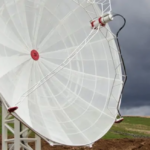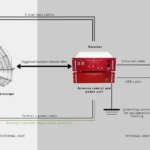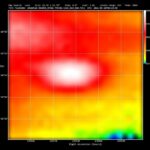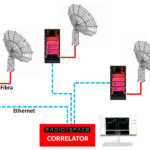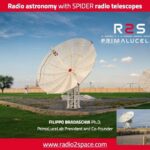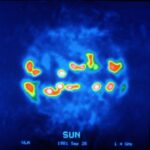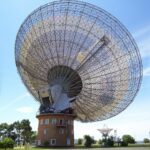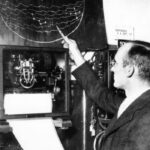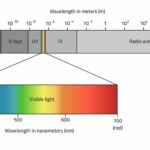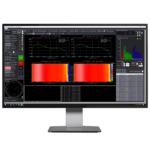
Introduction to RadioUniversePRO radio astronomy software for SPIDER radio telescopes
RadioUniversePRO is the most advanced software ever developed for radio astronomy with compact radio telescopes: it gives you all the power to control the different components of your radio telescope with an immediate and easy-to-use interface. You do not have to worry about using different softwares, RadioUniversePRO is your intuitive control and data acquisition interfaces with the radio telescope. RadioUniversePRO is not sold separately and is supplied only with SPIDER radio telescopes.

